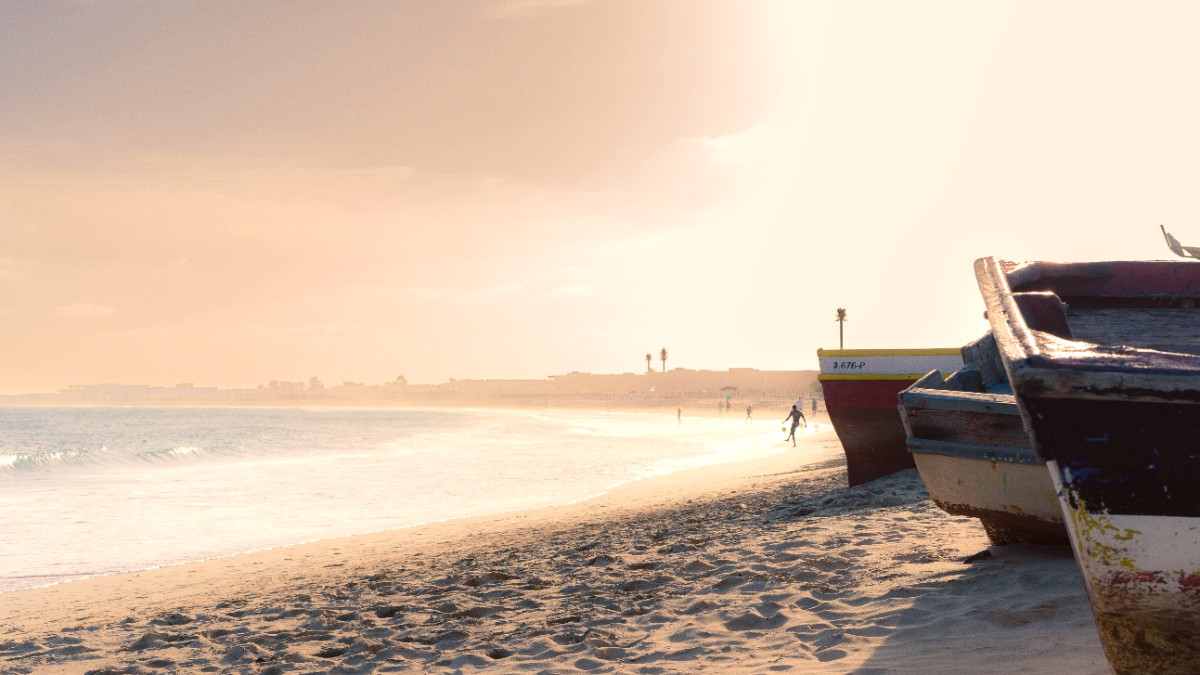
Cabo Verde
Aluguers are typically white minibuses or pickup trucks fitted with benches in the back. They operate on set routes between towns and villages, mainly radiating from Sal Rei. You will not find fixed timetables for aluguers; they depart when they are full. This means you might wait a short while for enough passengers to gather. The central square in Sal Rei (Praça de Sal Rei) and the local market area serve as common pick-up points for aluguers. Here, you discover vehicles heading to different parts of the island.
Fares for aluguers have payment directly to the driver in cash (CVE) upon boarding or at the end of your journey. Fares are fixed for specific routes, making budgeting for local travel straightforward. Always carry small denominations of Cape Verdean Escudos to pay for your ride. Aluguers operate mainly during daylight hours, roughly from 7:00 AM to 6:00 PM. Frequency varies with passenger demand and route popularity. More frequent services appear during morning and late afternoon commutes. Services become less frequent in the late afternoon and evenings. Accessibility information for aluguers indicates they are not wheelchair accessible. Their design and shared nature can make them crowded, making them unsuitable for travelers with significant mobility challenges or those needing extra space.
Aluguers offer an authentic, shared travel experience with locals.
Fares are set for specific routes, simplifying budgeting.
Mainly operate during daylight hours; less frequent in evenings.
Readily available outside BVC terminal.
Typically €10-€15.
Fares are fixed or easily negotiated.
Quick and direct transfer to accommodation.
Explore Boa Vista at your own pace with various rental vehicles.
Sal Rei town center and waterfront areas are compact and easy to explore on foot.
Long, sandy beaches like Praia de Santa Monica are excellent for extended, leisurely walks.
Local guides offer walking tours of Sal Rei, focusing on its history and culture.
Boa Vista presents unique transportation methods for tours and specific excursions.
Accessibility services for travelers with mobility needs are limited on Boa Vista.
Infrastructure not adapted for mobility challenges.
Uneven pavements in Sal Rei, sandy terrain, and a general lack of ramps can pose obstacles.
Be prepared for varied ground conditions.
Some larger resorts may offer better accessibility within their premises, but this is not universal across the island.
Direct contact with establishments for specific requirements is best.
Boa Vista's transport options match different travel preferences, from authentic local shared taxis to private car rentals for exploration.